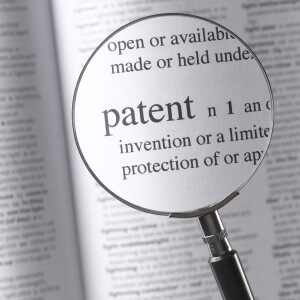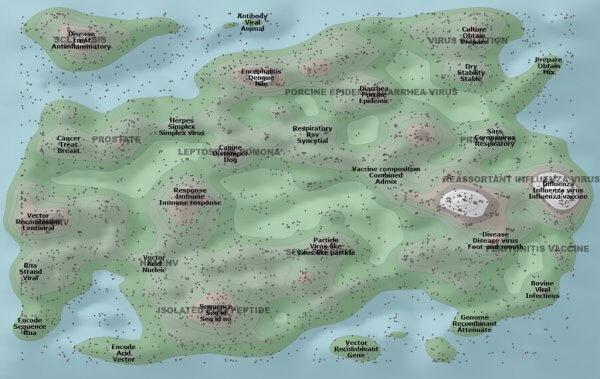
Do you regularly work with technical innovation processes? You can innovate more efficiently and thereby save time and money by using the online patent databases with accessible patent information.
With over 100 million patent publications, patent databases are a source of inspiration. They provide information that could be relevant for your own product development and patent strategy, but also about the developments in your field and about competitors. By viewing this information in time, you prevent reinventing the wheel or infringing on the rights of others.
Firstly, it is good to know that there are basically two types of databases: public and commercial databases. Public databases are freely accessible to everyone. They mainly consist of the patent databases and registers of official patent-granting authorities where people apply for a patent. Examples are the Dutch patent register, the European Patent Office database and register and the American Patent & Trademark Office register.
Public databases
Each of the public databases have their own information and search options. One provides information on the current status of patents and patent applications, such as the national registers and the European Patent Office register. The other only provides information about the content. Do you want to see the content of the patent? Then look in the general public databases, such as Espacenet and Google patents.
Commercial databases
Generally, the public databases are adequate when you want to search for a specific patent or gain an initial impression of patent literature in a specific technical field. But you can imagine that specialized programs are required to analyze big data and to do an infringement search, for example. For that purpose, there are (paid) programs such as Questel from Orbit, Derwent Innovation from Clarivate and PatBase from Minesoft. The strength of these commercial databases is in searching for various combinations of search criteria and the way in which you can present the results. V.O. has a team of patent information specialists who can use such specialized programs.
Patent publication
Every patent is published after about 18 months by the patent-granting authority, after which it is included in the public and commercial databases. As soon as the patent has been granted, the patent can also be found in the databases. Information published about the patent or the patent application concerns, for example:
- Name of the applicant and inventor;
- Date of filing and publication;
- Status of the application; whether it has been granted or is still in force;
- The countries or regions in which the patent has been applied for and granted;
- The described innovation;
- The scope of patent protection, such as determined by the claims.
Example of landscaping or IP mapping, an often applied type of patent search
Input for your business strategy
Marijke Westra, patent attorney and manager patent search of V.O.: “Databases therefore contain a treasure trove of information about the applicants and their innovations. That is valuable input for your business strategy. Certainly if you combine information from several patent families, you will see what the most important companies or institutions are working on. Furthermore, you gain an insight in the scope of their patent portfolio and therefore their innovative strength. It’s interesting information if you have an innovation or want to further develop your product or technology”.
Would you like to know more about using patent databases?
Then view our “Patent database and research” webinar from 26 November of this year. It introduces the most common types of searches, such as novelty and infringement searches.
If you want to know what database search can do for you, please contact Marijke Westra.
Punch Powertrain provides hybrid transmissions for the global automotive industry and is market leader in this field. Innovation is an important motive to make their vision: “Our powertrains drive a sustainable world!” a reality. Intellectual property therefore plays an essential role in their R&D and when taking strategic decisions.
Pascal van Troost, Global Intellectual Property Manager at Punch Powertrain, explains:
“Patents are publicly available. Companies share their innovations with the world in this way. That’s why patents offer plenty of strategic information, if you have the right resources and skills to find the information relevant to your company.”
Analyzing patents and gaining insight into the R&D strategy of the industry is very important for Punch Powertrain. This is how it helps:
- to encourage innovation and to distinguish themselves from the competition;
- when exploring partnerships and finding interested parties when buying or licensing patents; and
- to cover IP risks, which means that people can exclude the fact that the innovations are part of another, existing patent.
View the video about Punch Powertrain in the webinar.



